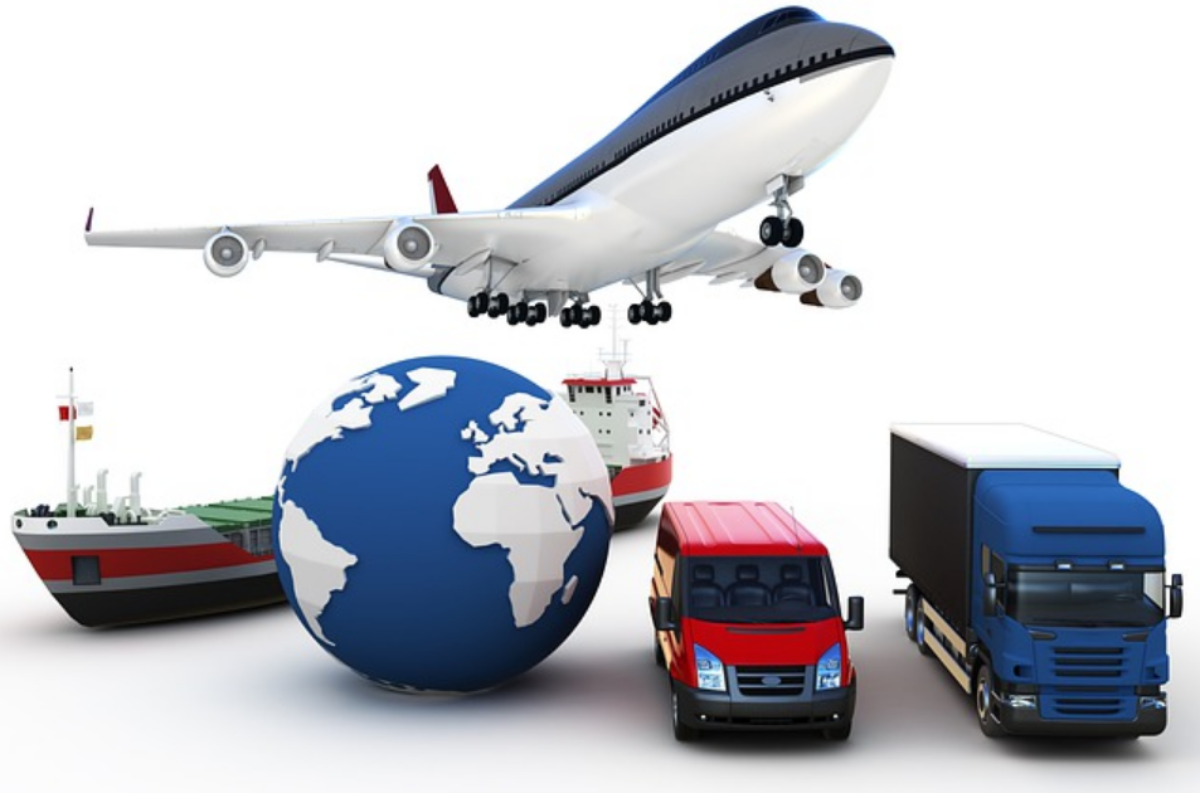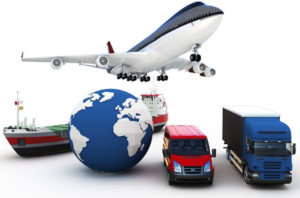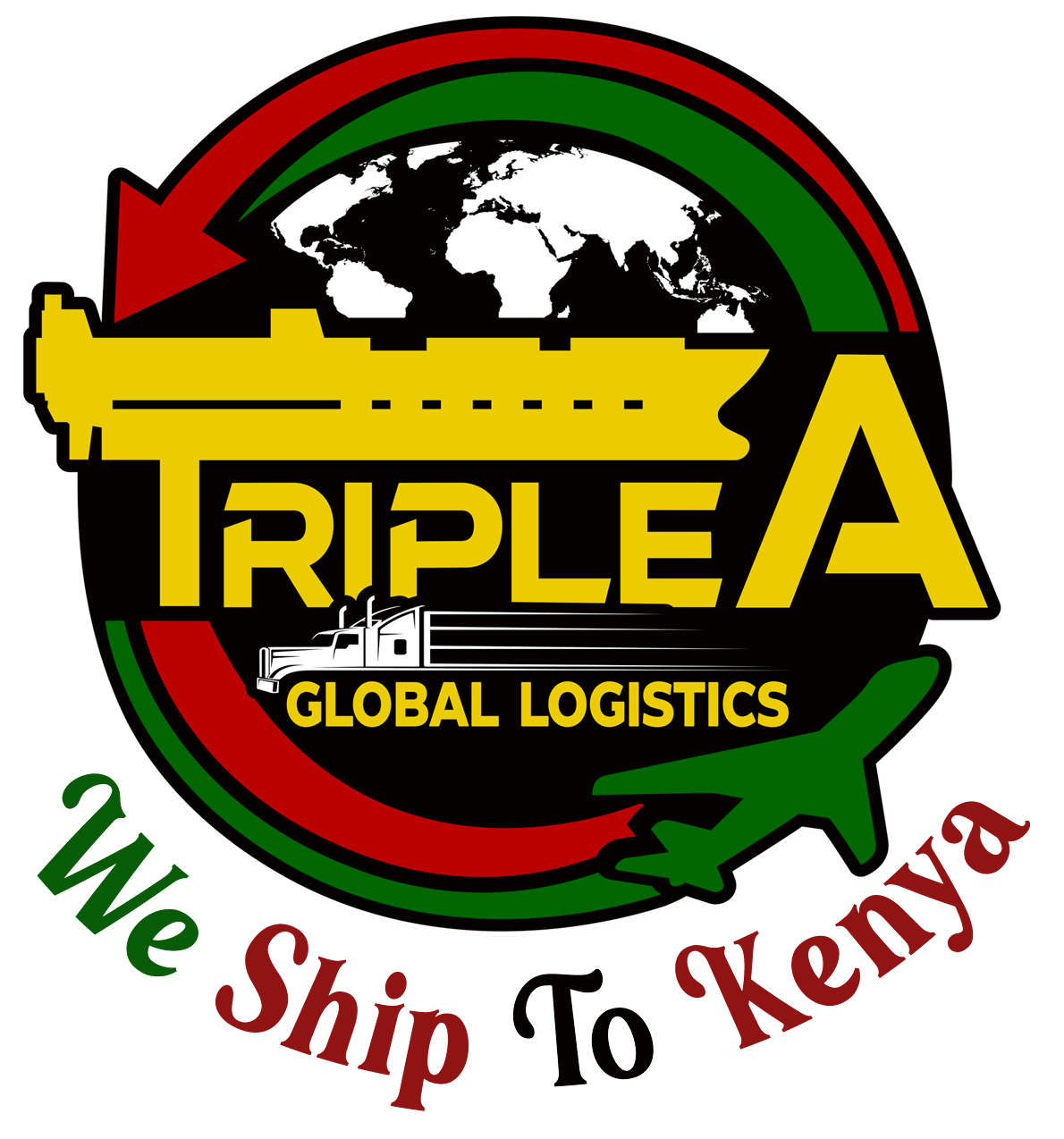Call Us:
+44(0)2039579445
+254 111 81 81 81
Mail Us:
info@tripleafreight.co.uk
Triple A

 The Industrial Revolution marked a significant leap in transport and logistics with the advent of railways and steamships. This period saw the rapid expansion of transport networks, making it possible to move large quantities of goods and people more efficiently than ever before.
The Industrial Revolution marked a significant leap in transport and logistics with the advent of railways and steamships. This period saw the rapid expansion of transport networks, making it possible to move large quantities of goods and people more efficiently than ever before. Major Airports
Major Airports